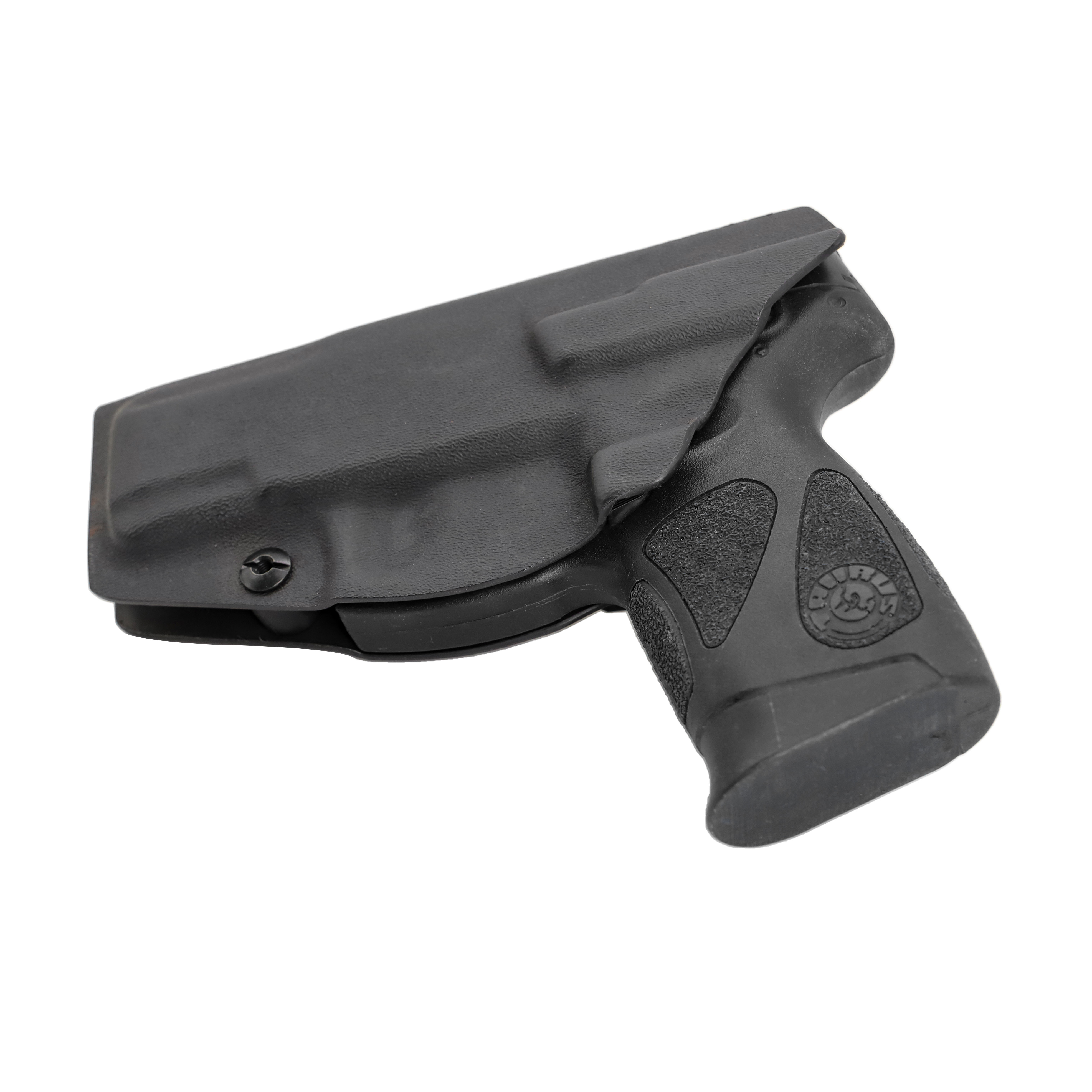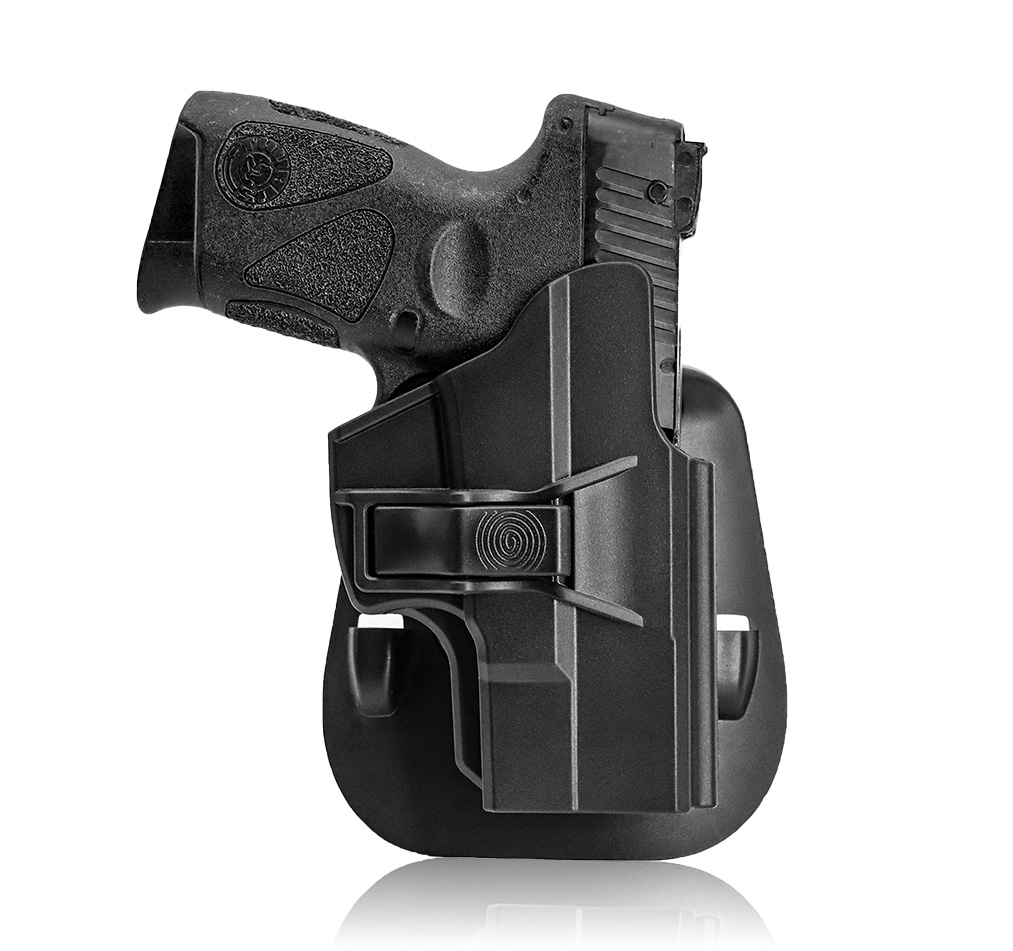As most gun users want to know, there are many different materials on the market that are considered the most suitable materials for their guns. But which one should you choose? These are determined according to your purpose. Whether it is hidden or open, the material of the holster can ultimately be summarized into three choices: leather, Kydex, and polymer.
In this article, we will introduce the advantages and disadvantages of each material holster one by one. (Analyze only from the aspect of the material, without involving the design of the holster).
Let’s start with the analysis of the leather holster
Leather holsters are made by stitching leather together, cowhide holsters are often the most common, but you can often find some other materials, such as suede/suede leather, and even some special leather material.
Quality examples are molded for a specific make and model gun. Others are made to fit more of a class of pistol size, such as compacts or subcompacts, rather than a specific gun.
If the structure is reasonable, the comfort of the leather holster is the best among the three holsters. If you need to sit for a long time or carry a gun while driving, then this leather holster will make you feel more comfortable. Comfortable.
At the same time, because the leather material is soft, it has minimal wear on guns.
The advantages of leather holster material are obvious, but the disadvantages are also obvious. First of all, leather holsters basically need to be made by hand, which makes the cost of holsters very high. A pair of high-quality leather holsters on the market often cost 200$-300$.
The service life of the leather holster is not as good as the other two. Once the internal structure becomes soft, the leather holster will become very dangerous, and it is easy to accidentally touch the trigger during use. Because leather holsters often cannot be equipped with fixing devices, the fixing of the gun can only rely on the friction of the leather itself. This is likely to be a problem when you have to run, roll, or perform any other strenuous exercise with a leather holster, and the gun can easily slip out of the leather holster.
Another disadvantage of leather holsters is that if it rains, it will take a long time to dry after the holster gets wet. Using a wet holster will cause your pistol to rust.
Let's analyze the Kydex material for everyone.

Kydex is relatively hard, more wear-resistant, and more convenient to use. A little heating can make the material elastic so that it can be formed into any shape the user wants. The manufacturer's expectation is that it is easy to use and inexpensive. The ultimate goal of people who carry Kydex holsters is that they are durable, will not collapse when drawing the gun, and generally perform well.
The disadvantage is that Kydex is usually very durable, but also very brittle, so if they withstand enough force, they will break, if you leave your holster in the car in hot weather, it will cause them to deform. Since the Kydex holster has parts, working for a long time will cause the screws to loosen, so you need to check and tighten the screws on the holster from time to time.
In addition, because the Kydex material is usually a complete piece, there are many restrictions during processing, and it is difficult to make a very complicated locking structure inside, which is why most of the Kydex holsters on the market are first-class protective inner holsters.
Finally, let us look at the polymer holster

Polymer holsters are similar to Kydex holsters in some places. They are both wear-resistant and harder than leather holsters. Relatively speaking, polymer holsters are much better in toughness and firmness than leather holsters and can adapt to various harsh environments.